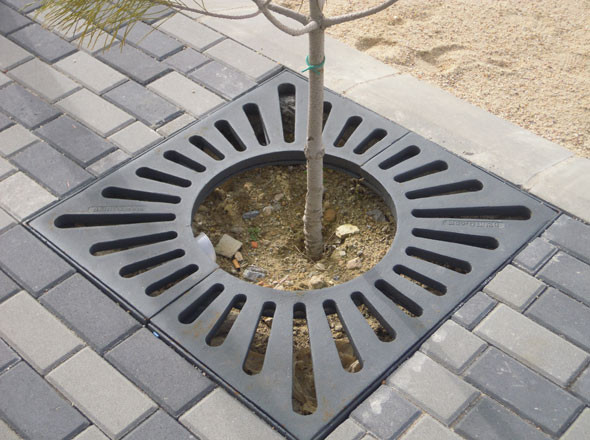triple eccentric butterfly valve
Understanding the Triple Eccentric Butterfly Valve
The triple eccentric butterfly valve, a remarkable innovation in fluid control technology, is designed to offer unparalleled performance in the management of flow within pipelines. Its unique configuration combines efficiency, durability, and reliability, making it an ideal choice for a variety of industrial applications, including oil and gas, water treatment, and chemical processing.
What is a Triple Eccentric Butterfly Valve?
The triple eccentric butterfly valve, also known as a triple offset butterfly valve, consists of a disc, a body, a seat, and a stem. The term triple eccentric refers to the three different axes of rotation associated with the valve’s design. First, the valve stem is located behind the disc, allowing for a rotational movement that does not disturb the sealing surface. Second, the disc is offset from the centerline of the seat, which contributes to a more efficient sealing mechanism. Finally, the third eccentricity is the conical shape of the seat, allowing the disc to disengage from the seat as it opens, resulting in reduced wear and tear.
Advantages of Triple Eccentric Design
One of the primary advantages of the triple eccentric design is the reduced friction during operation. As the valve opens or closes, the unique geometry minimizes the contact between the disc and the seat, leading to extended service life and reduced maintenance. This design effectively eliminates the issues commonly associated with traditional butterfly valves, such as seat wear and leakage.
Furthermore, the triple eccentric butterfly valve can handle higher pressures and temperatures than standard valves
. This is particularly beneficial in demanding environments where conventional valves may fail. The tight sealing capability of these valves means that they can be used in applications involving hazardous or corrosive fluids, ensuring safety and compliance with regulatory standards.triple eccentric butterfly valve

Applications of Triple Eccentric Butterfly Valves
Triple eccentric butterfly valves are versatile and can be employed across various sectors. In the oil and gas industry, these valves are crucial for controlling the flow of crude oil and natural gas, as well as for managing processes in refineries. Their ability to withstand extreme conditions makes them invaluable in this sector.
In water treatment plants, triple eccentric butterfly valves ensure the efficient flow management of potable water and wastewater. Their excellent sealing capabilities prevent leaks and ensure that sensitive processes are maintained effectively. Moreover, their durability reduces the need for frequent replacements, making them a cost-effective choice for plant operations.
Chemical processing facilities also benefit from triple eccentric butterfly valves, as they can handle a wide range of corrosive substances. The materials used in their construction can be tailored to meet the specific requirements of various chemicals, providing reliable service across a diverse array of applications.
Conclusion
In summary, the triple eccentric butterfly valve stands as a testament to advanced engineering and design in fluid control systems. Its unique configuration enables it to deliver superior performance, durability, and efficiency across a range of applications. As industries continue to demand more reliable and efficient solutions to manage fluid flow, the triple eccentric butterfly valve will undoubtedly play a pivotal role in meeting these challenges. With ongoing advancements in technology, we can expect to see even greater developments in valve design, ensuring that these critical components remain at the forefront of industry innovation.
-
The Smarter Choice for Pedestrian AreasNewsJun.30,2025
-
The Gold Standard in Round Drain CoversNewsJun.30,2025
-
The Gold Standard in Manhole Cover SystemsNewsJun.30,2025
-
Superior Drainage Solutions with Premium Gully GratesNewsJun.30,2025
-
Superior Drainage Solutions for Global InfrastructureNewsJun.30,2025
-
Square Manhole Solutions for Modern InfrastructureNewsJun.30,2025
-
Premium Manhole Covers for Modern InfrastructureNewsJun.30,2025
